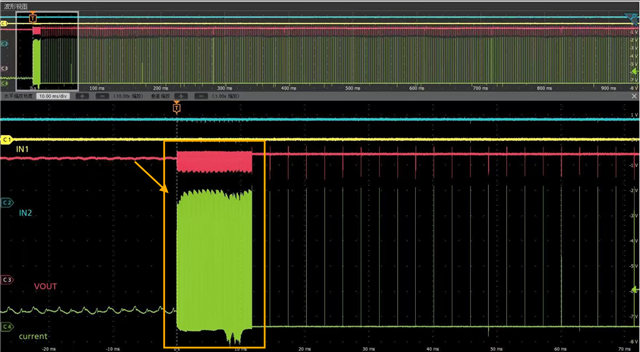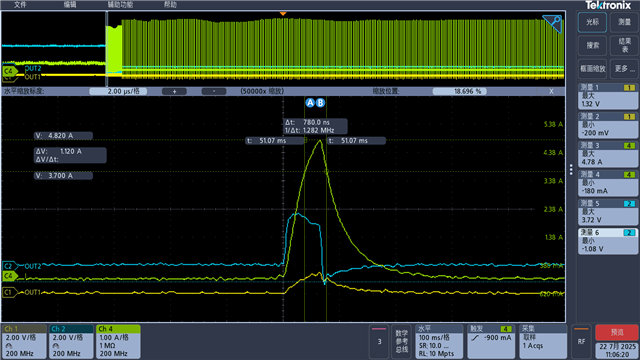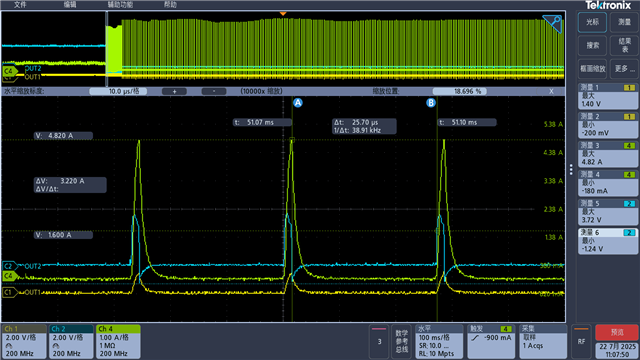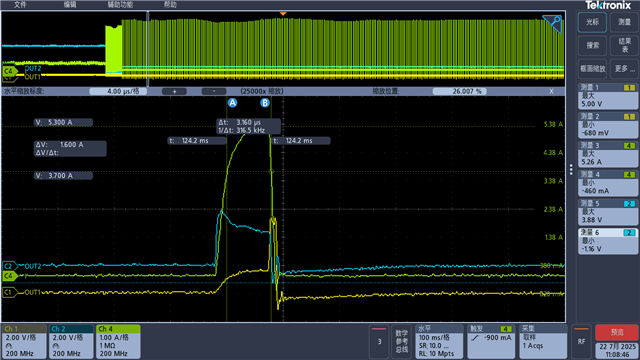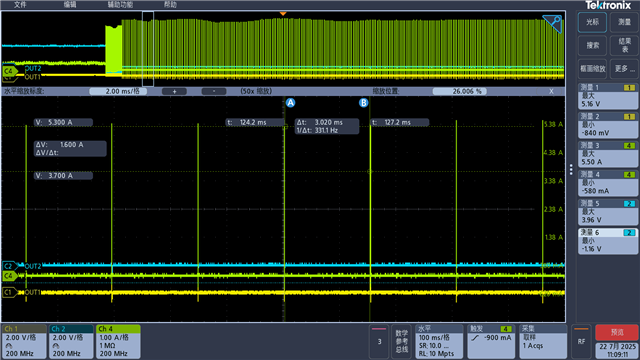Tool/software:
Hi,
When the customer now detects that the OUT1 and OUT2 of the DRV8251A chip are short-circuited, the Itrip of the chip is triggered first, and then the Iocp is triggered. Previously, when other chips were short-circuited, the Iocp was directly triggered. May I ask what causes this current change? Will the output current at the OUT end still increase after triggering It rip?
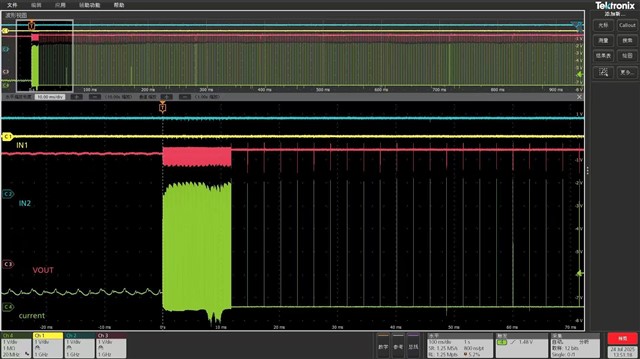
Thanks~


